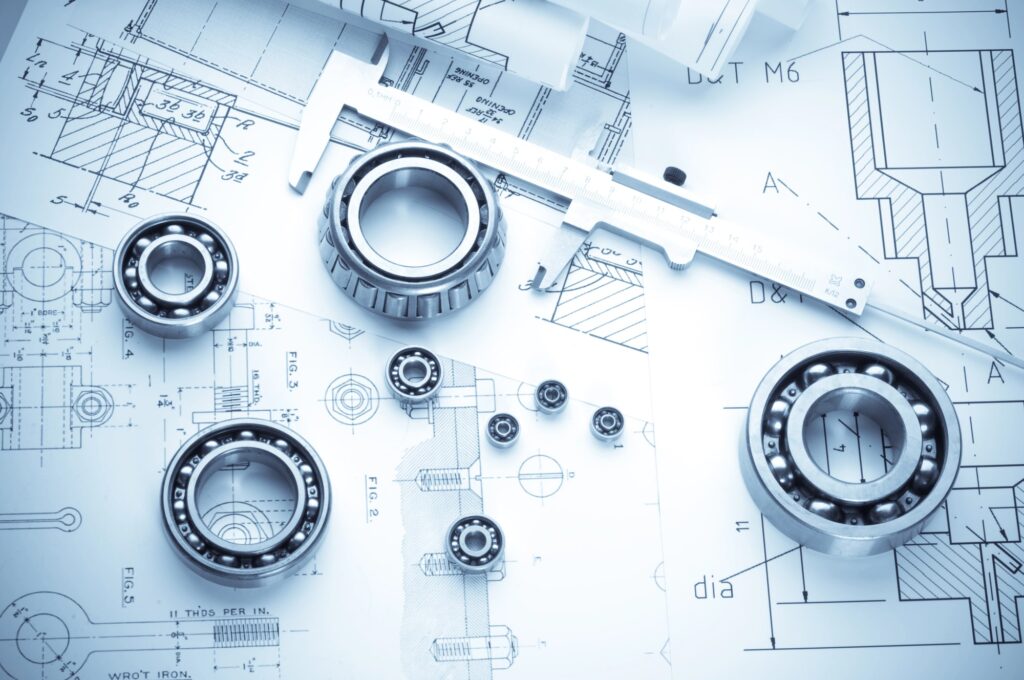This blog post explains the significance of the long-delayed opening of Cairo’s Grand Egyptian Museum (GEM) on November 1. It examines the continuing international debate over the location of Egypt’s most famous antiquities.
With engineering and conservation perspectives, I’ll walk through what the GEM brings to Egypt. I will also discuss which iconic objects remain overseas and approaches to repatriation and cultural collaboration.
Why the Grand Egyptian Museum matters
The GEM brings together an extraordinary collection of artifacts. Highlights include Ramesses II’s colossus, the assembly of Khufu’s royal boats, and all 5,000 objects from Tutankhamun’s tomb displayed together for the first time.
Architecturally, the GEM is a modern museum designed to safeguard, interpret, and make accessible millennia of cultural heritage. Its design supports both preservation and public engagement.
Book Your Dream Vacation Today
Flights | Hotels | Vacation Rentals | Rental Cars | Experiences
Architectural and engineering highlights
The GEM is a complex integration of climate control, seismic design, artifact movement logistics, and visitor flow engineering. Housing massive elements like colossi and boat reconstructions required reinforced galleries and precision environmental controls for organic materials.
Specialized rigging strategies were used to move and install fragile ancient objects. These solutions ensure the safety and longevity of priceless artifacts.
The repatriation debate: why some treasures are still abroad
Many important Egyptian pieces remain in foreign institutions. This fuels ongoing political and ethical discussions about ownership and cultural patrimony.
The debates stem from historical removal practices, colonial-era agreements, and legal frameworks such as the partage system. These issues continue to shape international museum policies.
Key artifacts still outside Egypt
Paths forward: engineering, diplomacy, and shared stewardship
Resolving the complex politics of repatriation requires more than rhetoric. It needs practical, technically informed pathways for conservation, access, and cultural partnership.
As an architect and engineer with decades of museum projects behind me, I see several pragmatic options. These options preserve both cultural meaning and artifact safety.
Recommended approaches include collaborative long-term loans and joint conservation facilities. Traveling exhibitions that rotate artifacts between institutions and digitization programs that create high-resolution 3D surrogates for study and public display are also effective.
These mechanisms can be structured to respect legal ownership claims. They also expand public access and strengthen Egyptian conservation capacity.
Here is the source article for this story: 7 priceless artifacts you won’t find at the new Grand Egyptian Museum
Book Your Dream Vacation Today
Flights | Hotels | Vacation Rentals | Rental Cars | Experiences

